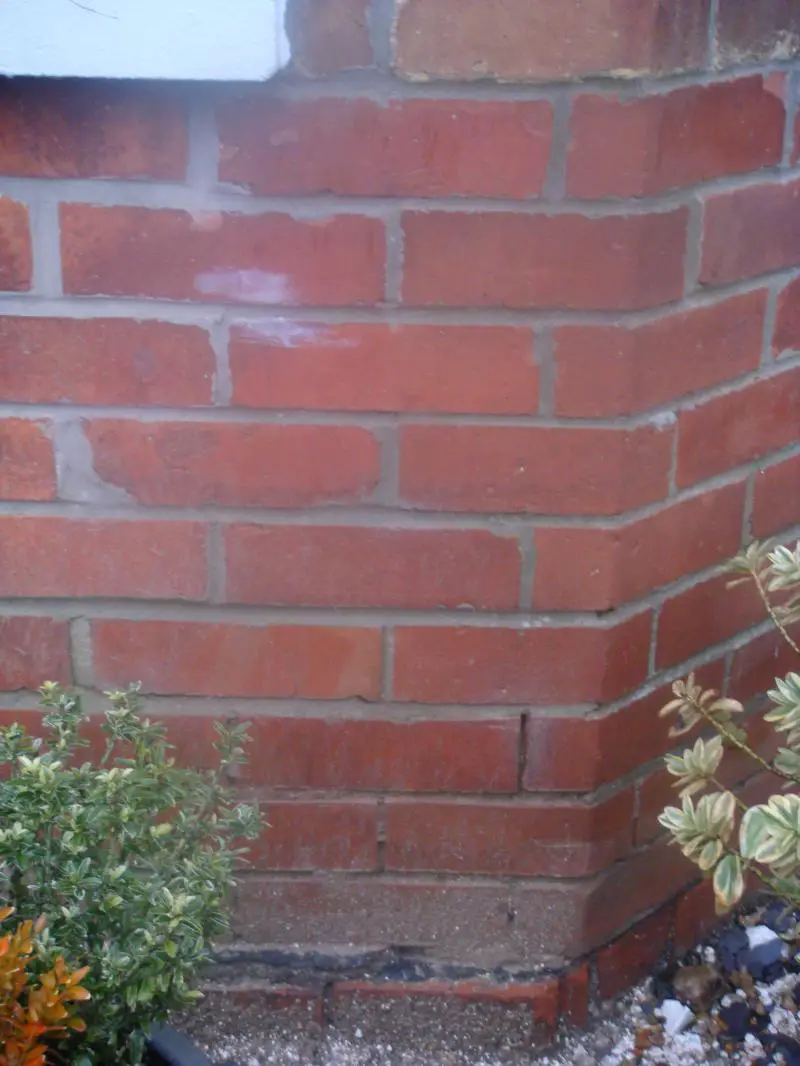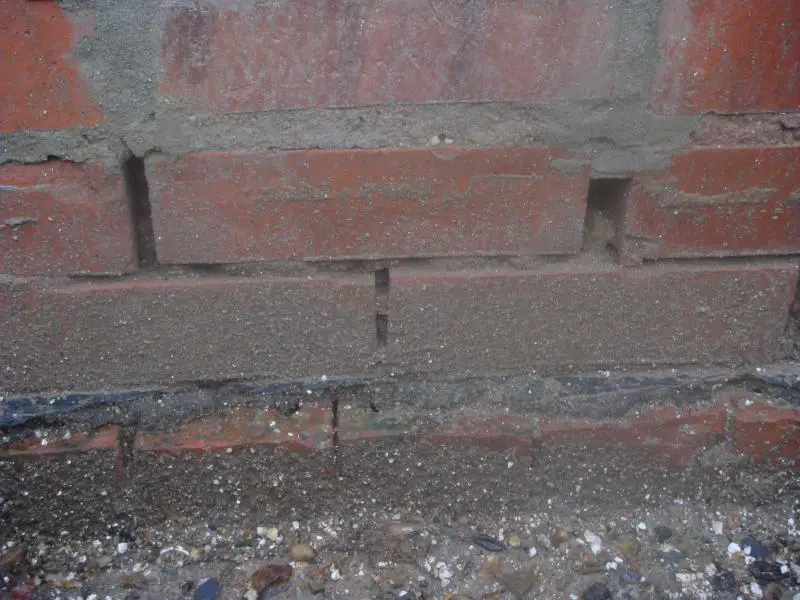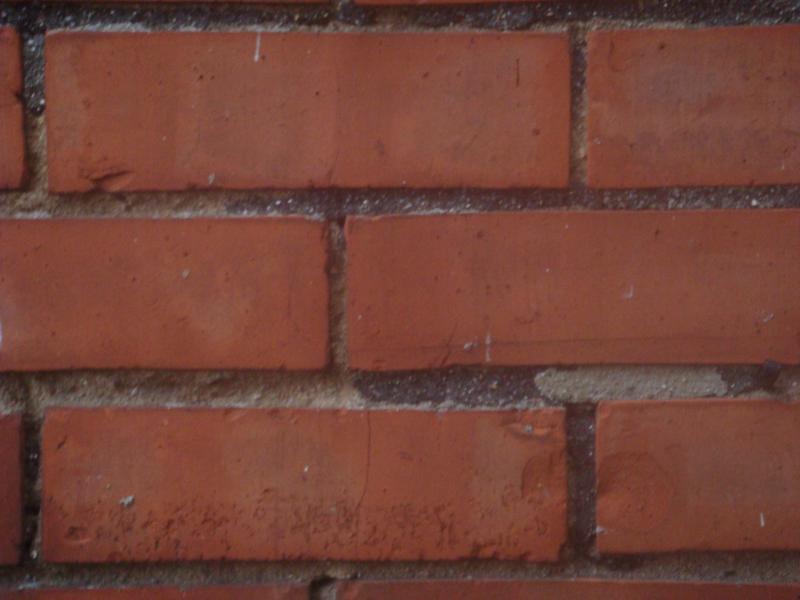I've got a bit of a problem with my pointing (I think). House is 1889 3 bed semi of cavity wall construction.
I've had some damp problems in the front bay window in the past, mainly caused by dodgy guttering and a concrete pad outside that breached the old slate DPC.
I've removed the concrete pad but the whole area under where the pad was, about 2 courses of bricks above the slate DPC, the pointing is pretty much gone. Above where the concrete pad was has been repointed in a cement mix, with the associated blown/cracked bricks that comes with. The gable end of the house has not been repointed and is in a pretty sorry state, but not an emergency.
I'm still a little concerned about damp returning and want to get the pointing sorted, should I repoint just the very bad bit at the front of the house? What should I use? I know lime is right for the age of the house and type of construction but seeing as someone else has already used cement for the rest of the front of the house will it be ok?
I'm considering just getting the whole house done but that is obviously quite expensive! Would it be worth replacing the slate DPC too while I'm at it?
I can take some pics if you think it'll help?
Thanks for you help!
e_v
I've had some damp problems in the front bay window in the past, mainly caused by dodgy guttering and a concrete pad outside that breached the old slate DPC.
I've removed the concrete pad but the whole area under where the pad was, about 2 courses of bricks above the slate DPC, the pointing is pretty much gone. Above where the concrete pad was has been repointed in a cement mix, with the associated blown/cracked bricks that comes with. The gable end of the house has not been repointed and is in a pretty sorry state, but not an emergency.
I'm still a little concerned about damp returning and want to get the pointing sorted, should I repoint just the very bad bit at the front of the house? What should I use? I know lime is right for the age of the house and type of construction but seeing as someone else has already used cement for the rest of the front of the house will it be ok?
I'm considering just getting the whole house done but that is obviously quite expensive! Would it be worth replacing the slate DPC too while I'm at it?
I can take some pics if you think it'll help?
Thanks for you help!
e_v




